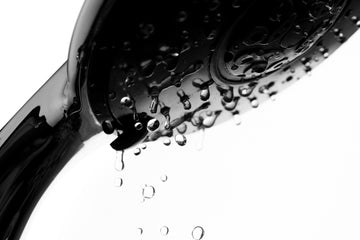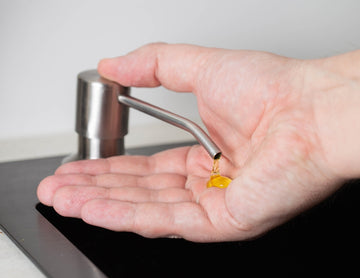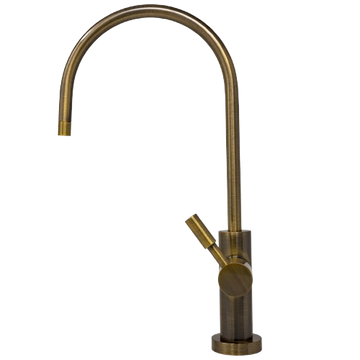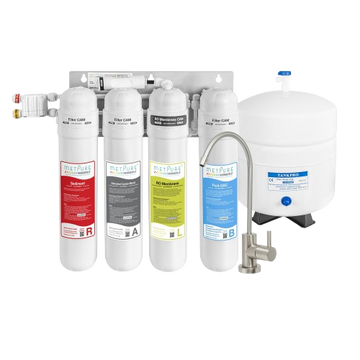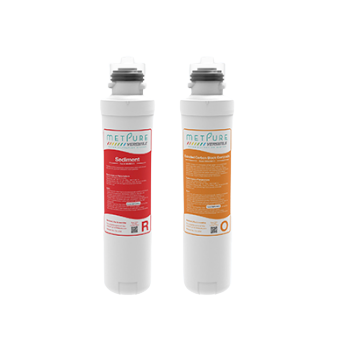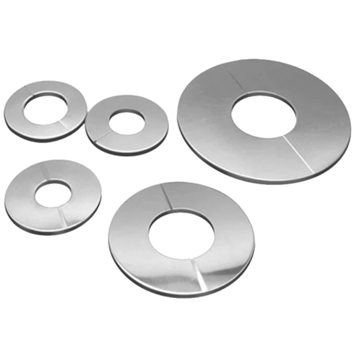There are many types of water filters.
Reverse Osmosis (RO) filters, sediment filters, UV filters, etc. The list goes on and on.
However, one popular filter of the lot is the carbon filter. It is commonly used in homes and commercial properties to clean water and make it safe.
In this article, we will discuss the carbon filter for water filtration in detail, breaking down how it works, a few types of carbon filters, and how frequently you need to change them.
How Are Carbon Filters Made?
Carbon is a common element in water filters. Almost every type of water filtration system uses carbon in some essence including refrigerator filters, drinking water filters, shower filters, etc.
Carbon filters for water filtration use a ground source of carbon, which can be in the form of:
- peat
- bituminous coal
- coconut shells
The most popular carbon source is coconut shells as they are easily available and renewable.
The process to create the filter is straightforward. The carbon source material such as the coconut shell is heated at 1000 degrees to remove impurities.
Then, the material is then exposed to 1600-degree steam to activate the carbon. The steam creates cracks in the carbon which enables it to capture chemicals and other harmful stuff.
How do Carbon Filters for Water Filtration Work?
Carbon filtering is a process to filter contamination from water using “adsorption”. This process works like a magnet, attracting harmful chemicals to the carbon that has been activated.
These filters can also neutralize some contaminants by altering their chemistry. Carbon is used to remove pesticides, chlorine, industrial chemicals like cleaners, and VOCs (Volatile Organic Chemicals).
What is a Carbon Block Filter?
One type of carbon filter for water filtration is a carbon block filter. These filters utilize carbon pieces compressed to create a filter.
The carbon block filter has a pound of compressed carbon, which has a surface area of a “160-acre farm”, which makes it one of the most highly absorbent materials in the world. As the filter is compressed, the water flow becomes lower than some other filters. The flow rates depend on the micron rating, which we will talk about later. The rating tells us how good the filtration will be and how low the flow rate will be.
Carbon Block Filters Micron Rating
Block filters have a rating for how small impurities they can remove, judged in microns.
These range from 50 to 0.5 microns. The higher the micron count, the better the filtration of larger contaminants. Smaller impurities can be dealt with a smaller micron rating filter.
What is a Granular Activated Carbon (GAC) Water Filter?

Granulated Activated Carbon filters are made from small, loose carbon particles. These filters have a polish that they use in the filtration process to make the water taste better and remove any bad odor.
The difference between the GAC filter and the carbon filter is that the GAC filter is made of loose granules of carbon whereas the block filter is made of compressed pieces of carbon.
What do GAC Water Filters Remove?
GAC filters have a high rate of adsorption which means they can easily remove a whole host of impurities from water. These filters are used to filter out nitrates, pesticides, sulfates, VOCs, and many other contaminants.
Water plants such as municipal water plants use chlorine to treat water before pumping it to our households, leaving a bad taste and smell in the water. GAC filters can remove this taste and smell and are often found in reverse osmosis filters that clean water for drinking.
Differences Between Carbon Block Filters and Granulated Carbon Filters
The major difference as we discussed earlier is that carbon block filters are made of compressed pieces of carbon while the GAC filters have loose carbon granules in their composition.
They work in the same way, which is why some water filtration systems use both GAC and block filters in their water treatment process.
Carbon block filters have a solid carbon base and are used to filter the water for contaminants before they are treated for other things like bacteria. Moreover, block filters have a large capacity for removing harmful substances, hence they can deal with very small particles as well. However, they do lower the flow rate of the water while filtering because of the compression of the carbon granules.
The granular activated carbon (GAC) filters include loose carbon particles that allow water to move easily through without losing the flow rate. The high adsorption of the GAC filters makes them suitable for weeding out many harmful chemicals such as chlorine, lead, and more.
How Often Should Carbon Filters Be Changed?
Finally, when should you change a carbon filter?
So, for filters used in drinking water systems, the carbon block filter and GAC filter need to be changed after a minimum of 6 months, and a maximum of 12 months.
However, the life of a carbon filter varies based on the frequency of use and the dirtiness of the filtered water. So, it’s better to keep a check and replace it earlier if it goes through a tough time regularly.
Conclusion
Carbon filters are one of the most effective filters you can get for your house or commercial premises.
Both the carbon block filters and GAC filters work well to remove impurities from the water. The carbon block filter, however, lowers the flow of the water so it's better to expect a low water pressure in your pipes.
We hope that this article helped you gain valuable insight into what a carbon filter for water filtration is and how it works.
Stay tuned to our blog for more such info and views on filters and filtration systems.




